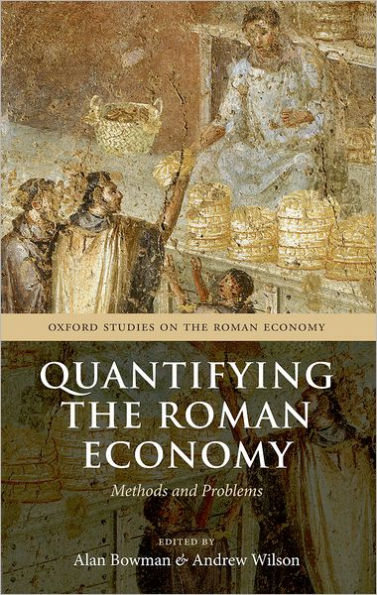Table of Contents
1. Introduction. Quantifying the Roman economy: integration, growth, decline?, Alan Bowman & Andrew WilsonI. Urbanization2. Urbanization as a proxy of demographic and economic growth, Elio Lo Cascio3. Response to Elio Lo Cascio, Roger BagnallII. Field survey and demography4. Archaeology, demography, and Roman economic growth, Willem Jongman5. Peopling the countryside: Roman demography in the Albegna Valley and Jerba, Elizabeth Fentress6. Peopling ancient landscapes: potential and problems, David MattinglyIII. Agriculture7. Quantifying Egyptian agriculture, Alan Bowman8. Response to Alan Bowman, Roger BagnallIV. Trade9. Approaches to quantifying Roman trade, Andrew Wilson10. Approaches to quantifying Roman trade: response, Michael Fulford11. A comment on Andrew Wilson: 'Approaches to quantifying Roman trade', William HarrisV. Coinage12. Coinage and metal supply, Bruce Hitchner13. Roman silver coinage: mints, metallurgy, and production, Matthew Ponting14. Some numismatic approaches to quantifying the Roman economy, Chris HowgegoVI. Prices, earnings and standards of living15. Earnings and costs: living standards and the Roman economy, Dominic Rathbone16. How prosperous were the Romans?, Bob Allen17. New ways of studying incomes in the Roman economy, Walter Scheidel






